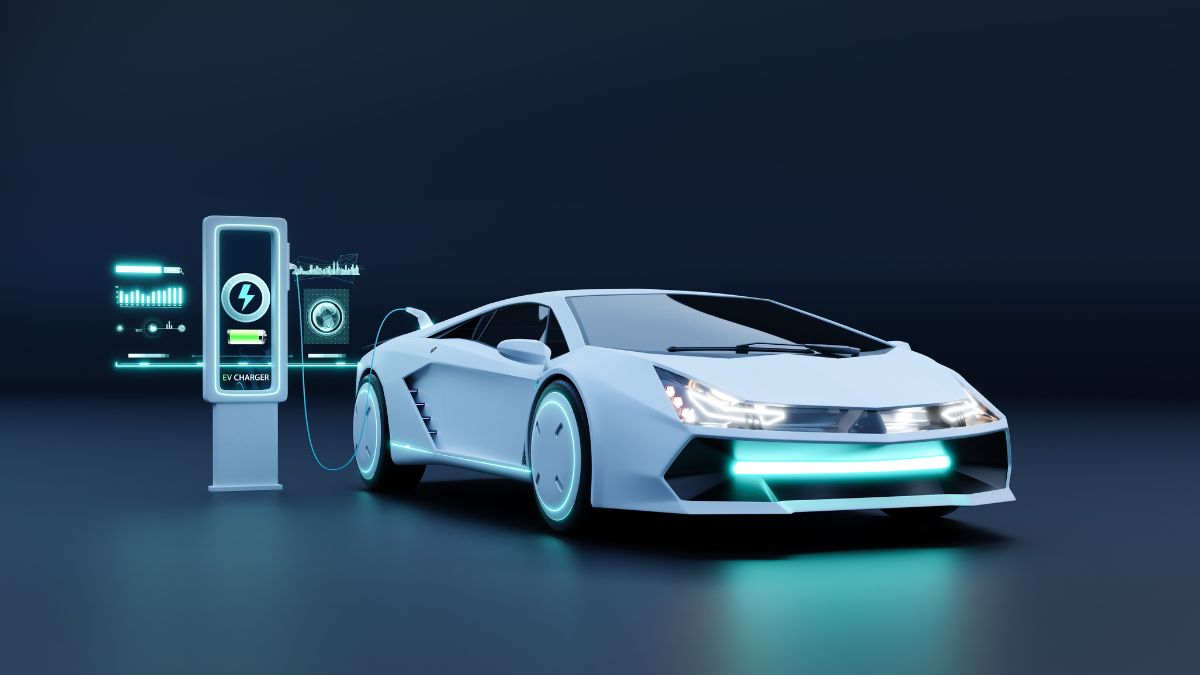
The automotive industry is immersed in a race toward electrification. As consumers become more aware of their carbon footprint, the debate over which type of vehicle will dominate the world’s streets in the next decade gains global relevance: hybrid cars as a transitional solution? Or battery electric vehicles as the ultimate bet? The latest “Trends in der Automobilindustrie” report by Statista analyzes updated data on market share projections, adoption pace, required infrastructure, and consumer behavior.
READ ALSO. iPhone 17 vs. Samsung Galaxy S25: Which Is Better? AI Reveals
What percentage of the market do hybrid and electric cars hold in 2024?
Globally, internal combustion engines still hold the majority. In 2024, 66.4% of cars sold worldwide were powered solely by gasoline or diesel. However, this dominance is clearly declining.
According to Statista, electrified vehicles (including hybrids, plug-in hybrids, and pure electrics) already represent a substantial share of the global mix:
- Non-plug-in hybrids (HEV): ~16% of the market in 2024.
- Pure electric vehicles (BEV): ~12% of the market.
- Plug-in hybrids (PHEV): ~5%.
Each year, electric vehicles gain more ground, but hybrids remain relevant, especially in countries where charging infrastructure is still limited.
What will the market share of electric cars be in 2030?
The major expectation in the automotive industry is that battery electric vehicles (BEV) will become the norm before the end of the decade. According to Statista projections, by 2029 electric cars will account for nearly 28% of global sales.
This growth is driven by three main factors:
- Wider range of electric models, from economy to luxury segments.
- Reduction in battery kWh cost, making BEVs more competitive.
- Stricter regulations banning combustion car sales in countries like Norway, the United Kingdom, and parts of the European Union.
Nonetheless, reaching 28% still leaves over 70% of the market in the hands of other technologies, where hybrid cars will play a key role.
Will hybrid cars remain relevant in the automotive industry?
Yes, and for several reasons. Although BEVs represent the long-term vision for clean mobility, hybrid cars remain a practical transitional solution for millions of people.
Advantages that keep them relevant:
- Greater range: they combine electric and gasoline engines, eliminating “range anxiety.”
- Less dependence on charging infrastructure, especially in countries with limited electric stations.
- More affordable compared to pure electric cars.
In markets like Japan, Latin America, and the United States, hybrids will remain a dominant option in several segments well into the decade.
Where are the most electric cars sold in the world?
One of the most revealing data points from the Statista report is the geographic distribution of electric cars in circulation:
- In 2024, the global electric vehicle fleet reached 55.8 million units.
- China accounts for over 50% of the total, with more than 31 million EVs.
- Europe and the United States follow, though with more moderate growth rates.
Infrastructure is also a determining factor. Of the 3.2 million charging points installed in 2023, more than half were in China. This advantage explains why BEV growth is much faster there than in other regions.
What challenges do electric vehicles face by 2030?
Although electric vehicles are gaining traction, they must still overcome several hurdles before fully displacing hybrids and traditional combustion engines:
- High cost: while it has decreased, BEV prices remain higher than hybrids or combustion cars, especially without incentives.
- Uneven infrastructure: outside of China, many countries lack a robust public charging network.
- Shortage of key materials: lithium, cobalt, and nickel are critical inputs for batteries, and their availability strains the supply chain.
- Perception issues: some consumers still distrust the durability and safety of batteries.
In this context, hybrid cars offer an intermediate solution with fewer technological and economic frictions.
What factors will define the mass adoption of electric cars?
The Statista report highlights several factors that will accelerate — or hinder — the transition to BEVs in the global automotive industry:
- Tax incentives: subsidies, tax exemptions, and direct support are key to making electric vehicles more affordable.
- Cost parity: the total cost of ownership (TCO) of EVs is expected to match gasoline cars before 2030.
- Consumer education: many people are still unaware of the long-term benefits of electric vs. hybrid vehicles.
- Availability of models: the more BEV variety there is, the more user types can make the switch.
What do consumers prefer: hybrid or electric?
Social acceptance is another key axis of the Statista study. Surveys show that while interest in BEVs is growing, the hybrid vehicle remains the first choice for many consumers:
- In Germany, 52% of buyers still prefer a gasoline car, followed by 34% who consider a hybrid and only 28% who would choose a pure electric.
- In the United States, the hybrid market has grown steadily thanks to models like the Toyota Prius, Ford Maverick Hybrid, and hybrid SUVs.
- In countries with aggressive subsidies like Norway or China, BEVs already exceed 50% of the new market.
The dilemma is not so much technical as it is emotional: while electrics inspire innovation, hybrids offer confidence.
Who will win the battle between hybrid and electric cars?
Everything indicates that the global domination of electric cars is inevitable, but not immediate. By 2030, electric vehicles will grow significantly and approach one-third of the global market, but hybrids will still be a necessary bridge between the old and the new.
In terms of infrastructure, consumer perception, costs, and availability, hybrids offer a flexible solution adapted to very different realities between countries.
The cars of the future will undoubtedly be increasingly electric. But until structural barriers are resolved, hybrid cars will continue to dominate a large part of the world’s streets, especially in emerging and suburban markets.
👉 Follow us on Google News.










